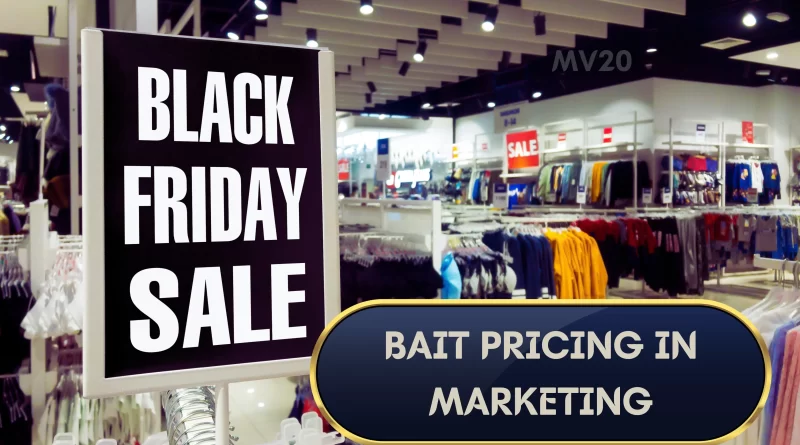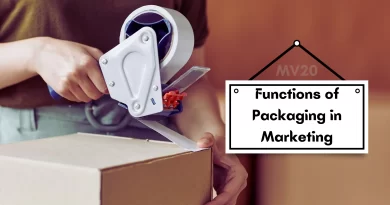Bait Pricing In Marketing | Clever Trick To Lure Customers
Ever walked into a store and saw a sign that says “50% off all items”? And then you start browsing, only to find out that the “original” prices were inflated in the first place?
Well, pal, you’ve fallen victim to a classic marketing tactic called bait pricing.
What is Bait Pricing in Marketing?
Bait pricing is a clever and cunning strategy that is used in advertising with the intention of luring customers by giving them the impression that they will have to pay a lower price for an item that is actually more expensive or the same regular price.
It’s like a fisherman using a worm on a hook to catch a fish. The worm looks appetizing and the fish takes the bait, only to realize too late that they’ve been tricked.
But how does bait pricing actually work? And why do companies use it? Let’s dive in and find out.
How Bait Pricing Works
Bait pricing works by inflating the original price of an item, and then offering a “discount” or “sale” on that inflated price.
Companies use bait pricing for several reasons. One is to create a sense of urgency in the customer. If a customer sees a “limited time offer” or “while supplies last” tag on an item, they’re more likely to make a purchase before the sale ends.
Bait pricing also makes it appear as if the company is offering a better deal than their competitors, even if that’s not the case.
Examples of Bait Pricing
Bait pricing can be found in many different industries, but it’s particularly common in retail and dining. Let’s take a look at a couple of examples:
Retail
A clothing store may mark up the price of a shirt from $20 to $40, and then offer a “50% off” sale. To the customer, it looks like they’re getting a great deal on a $40 shirt for only $20. But in reality, they’re paying the regular price for the shirt.
Dining
A restaurant may offer a “buy one, get one free” deal on a menu item. However, the menu item may be priced higher than similar items at other restaurants.
The customer may think they’re getting a great deal, but in reality, they’re paying the same or more than they would at a different restaurant.
Identifying Bait Pricing
So, how do you avoid falling for bait pricing? The first step is to be aware that it exists. Keep in mind that if something seems too good to be true, it probably is.
Also, be aware that sale prices can be deceiving. Compare the sale price to the regular price and see if it’s actually a good deal.
Another tip is to do your research before making a purchase. Compare prices at different stores or online. Look for reviews and ratings from other customers. This will give you a better idea of what a fair price is for a product or service.
An Example Of A Real Life Bait Pricing Scenario
A popular electronics store is having a “Black Friday Sale” and advertising huge discounts on televisions. One of the deals advertised is a 50-inch 4K TV for only $499, a price that seems too good to be true.
Upon arriving at the store, customers find that the television is indeed marked down from its original price of $999 to $499. Excited by the deal, many customers make the purchase, thinking they are getting a great deal on a high-end TV.
However, upon further research, customers find that the same television can be found at other electronics stores for the same price or even cheaper.
It turns out that the original price of $999 was inflated, and the store was not offering a genuine discount at all. The customers who fell for the bait pricing ended up paying the regular price for the television, instead of getting the amazing deal that they thought they were getting.
This example illustrates how bait pricing can be used to create a sense of urgency and make customers believe they are getting a better deal than they actually are.
By doing research and comparing prices before making a purchase, customers can avoid falling for bait pricing and ensure they are getting the best deal possible.
Closing Thoughts!
Bait Pricing strategy isn’t really a fair way of marketing and making sales but yeah that’s what marketers do and that’s how businesses will make sales.
This pricing strategy can be seen all over the world and if you are a customer reading this then now you know how to not fall for this marketing trick.
And if you are a marketer you know that this can bring super sales in no time!
Also read:




